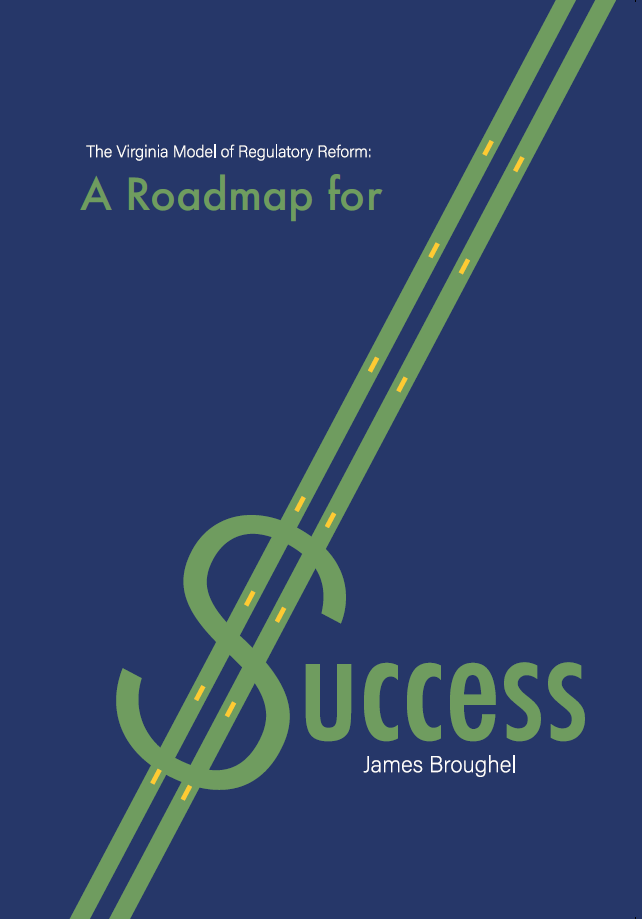Press Release – Opening Doors for Virginians
Please feel free to view the summary for a short concise recap, or view the full document below in the .pdf viewer below! Download links are included for your convenience if you wish to view it in your own preferred document viewer.
Summary
Summary
On March 31, 2025, the Virginia Institute for Public Policy applauded Governor Glenn Youngkin’s signing of SB1014, a pivotal reform aimed at enhancing job opportunities for Virginians. This law represents a significant shift in how public sector jobs are approached, favoring practical experience over formal educational qualifications. Crafted by Caleb Taylor, the Institute’s Director of Policy, SB1014 was a collaborative effort backed by organizations such as Americans For Prosperity (AFP-VA) and the Reform Alliance, achieving unanimous support in the Virginia General Assembly.
The legislation’s goal is to democratize job access by eliminating unnecessary degree requirements for state positions. As a result, individuals with hands-on experience, such as mechanics or self-taught IT professionals, can now qualify for state jobs without the burden of obtaining expensive degrees. This reform is presented as a model of bipartisan cooperation, showing how both Democrats and Republicans can work together to enhance economic mobility.
Caleb Taylor from the Virginia Institute highlighted that SB1014 is more than a law; it serves as a lifeline for individuals whose skills far exceed what is traditionally recognized on their resumes. The initiative resonates with previous efforts from Governor Youngkin, which have already streamlined degree requirements for nearly 90% of state jobs. Overall, SB1014 is a forward-thinking policy that promotes a diverse workforce and mirrors the strengths of Virginia’s population.
Highlights
- Ongoing Workforce Initiatives: This law builds on previous workforce reforms that have already removed degree requirements for most state jobs.
- Bipartisan Support: SB1014 passed unanimously in the Virginia General Assembly, showcasing rare cooperation between political parties.
- Skill Over Degrees: The law emphasizes practical skills for state jobs, making roles accessible to individuals without formal degrees.
- Empowering Virginians: The legislation allows skilled workers, like mechanics and IT professionals, to secure government roles based on their practical experience.
- Economic Accessibility: By removing costly degree requirements, SB1014 lowers barriers for capable workers, enhancing workforce participation.
- Reflecting Diversity: The reform aims to build a workforce that mirrors Virginia’s diverse capabilities, contributing positively to the state’s economy.
- Lifeline for Job Seekers: SB1014 provides opportunities for individuals whose skills are often ignored due to outdated hiring practices.


